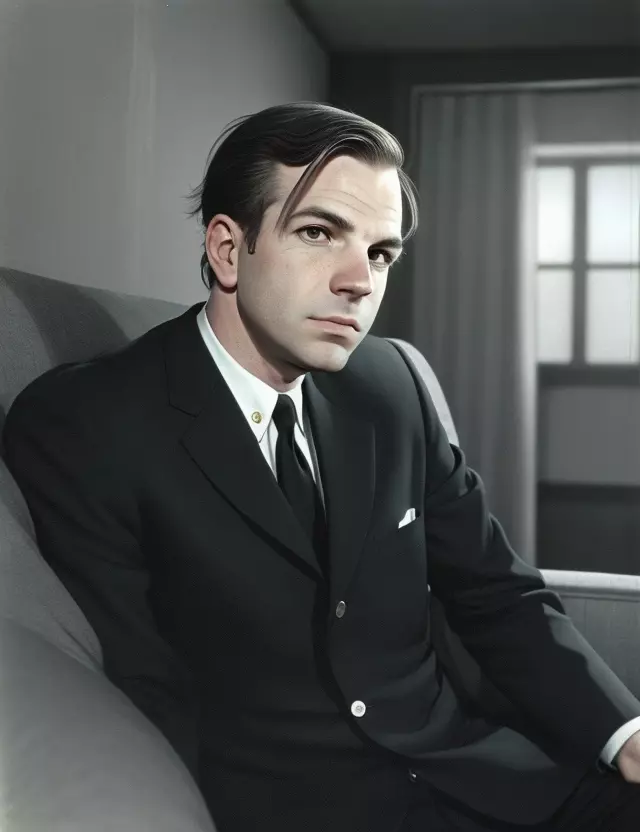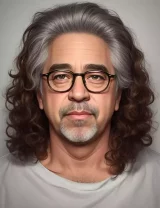Tragic Conclusion: Lee Harvey Oswald's Fatal Shooting by Jack Ruby (1963)
Assassination Fallout and the Dallas Police Custody Incident

Introduction
On November 24, 1963, the aftermath of the John F. Kennedy assassination took a tragic turn as Lee Harvey Oswald, the suspected assassin, was fatally shot by Jack Ruby while in police custody in Dallas. This shocking event added another layer of complexity to an already tumultuous period in American history.
Assassination Fallout
Lee Harvey Oswald had been taken into custody for the assassination of President Kennedy, which had occurred just two days earlier. The nation was still grappling with the shock and grief of the President's death when this secondary tragedy unfolded.
The Dallas Police Custody Incident
While being transferred in the basement of the Dallas Police Headquarters, Lee Harvey Oswald was shot by Jack Ruby, a local nightclub owner. The incident was captured on live television, further adding to the surreal and chaotic atmosphere surrounding the Kennedy assassination investigation.
Impact on History
The fatal shooting of Lee Harvey Oswald had a profound impact on the narrative surrounding President Kennedy's assassination. It fueled conspiracy theories and raised questions about the thoroughness of the investigation, contributing to the enduring mysteries surrounding that fateful day in Dallas.
Legal and Historical Ramifications
Jack Ruby's action led to legal proceedings and further investigations. The incident, along with the subsequent Warren Commission report, remains a subject of historical scrutiny and debate, shaping public perceptions of the Kennedy assassination and its aftermath.
Enduring Legacy
The shooting of Lee Harvey Oswald by Jack Ruby remains a somber and controversial chapter in American history, leaving a lasting impact on discussions surrounding the Kennedy assassination and the complex dynamics of that pivotal moment in the 1960s.



